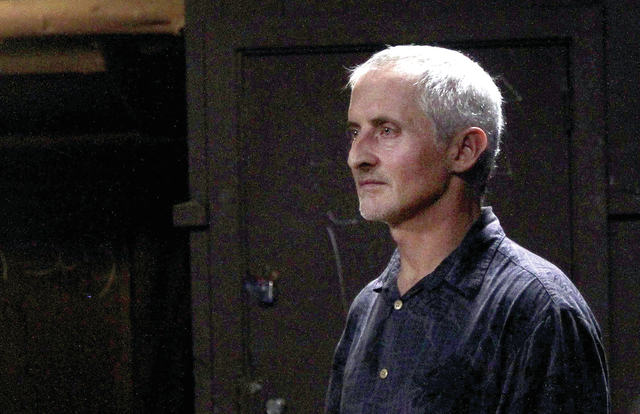Moku Loa, Hawaii Island’s chapter of the Sierra Club, held its annual meeting Saturday evening, with more than 25 people gathering at Wailoa River State Park. ADVERTISING Moku Loa, Hawaii Island’s chapter of the Sierra Club, held its annual meeting
Moku Loa, Hawaii Island’s chapter of the Sierra Club, held its annual meeting Saturday evening, with more than 25 people gathering at Wailoa River State Park.
The club itself has more than 1,000 members across the island, said longtime member and outgoing chair Nelson Ho. Many of those at Saturday’s meeting have been part of the Sierra Club for decades.
Executive board member Cory Harden said the group was getting ready for the upcoming state legislative session in January and new session of Hawaii County Council, but that they had not yet set any particular goals for the upcoming year.
“It’s like we’re so busy fighting fires that it’s hard to do fire prevention,” she said.
One fire that will carry over from the last council session is a proposed islandwide ban on polystyrene foam products: a new petition circulated among members during Saturday’s event. Harden and other club members testified in favor of the ban.
The Sierra Club has weighed in on other island conservation issues, such as the Thirty Meter Telescope project (member Deborah Ward is a party in the ongoing contested case hearing). Though many in the club support the project as individuals, the island chapter and state chapter stance is in opposition to the construction of the telescope.
“Years ago we had asked for a moratorium on new telescopes until there was (better management) of the (mountain’s) resources),” Ho said. “In our view, that hasn’t happened yet.”
Ho said he will be stepping down as chair next year because he will be working in newly-elected Hawaii County Councilwoman Jen Ruggles’ office and did not want conflicts of interest. Ruggles represents District 5 in Puna.
Fellow Puna councilwoman Eileen O’Hara, who is also newly-elected, is a Sierra Club member and attended Saturday’s meeting. She will be chairing the Environmental Management Committee. O’Hara said one of her primary concerns was the threat of Rapid Ohia Death, and that her district, Lower Puna, was “ground zero” for most of the invasive species affecting the island, from ROD to coqui frogs and rat lungworm disease.
Effectively addressing the invasive species will take more funding, O’Hara said.
Environmental initiatives across the board could rely more on local and state funding in the coming year, in light of concern that federal resources will take a hit after president-elect Donald Trump takes office.
“Nationally, we have our work cut out for us,” Ho said, as the Sierra Club itself is a nonprofit funded by donations and membership.
The evening’s featured speaker, biogeochemist Christian Giardina, discussed the evolution of conservation biology over the last 50 years, from its initial focus on “nature for itself,” where wilderness areas were treated as separate from settled areas, to the current model of analyzing how humans fit into the wilderness picture.
Some newer models push for an even larger holistic picture, one that relies more on integrating the Western models of the last 50 years with models that indigenous cultures relied on for centuries.
Email Ivy Ashe at iashe@hawaiitribune-herald.com.



